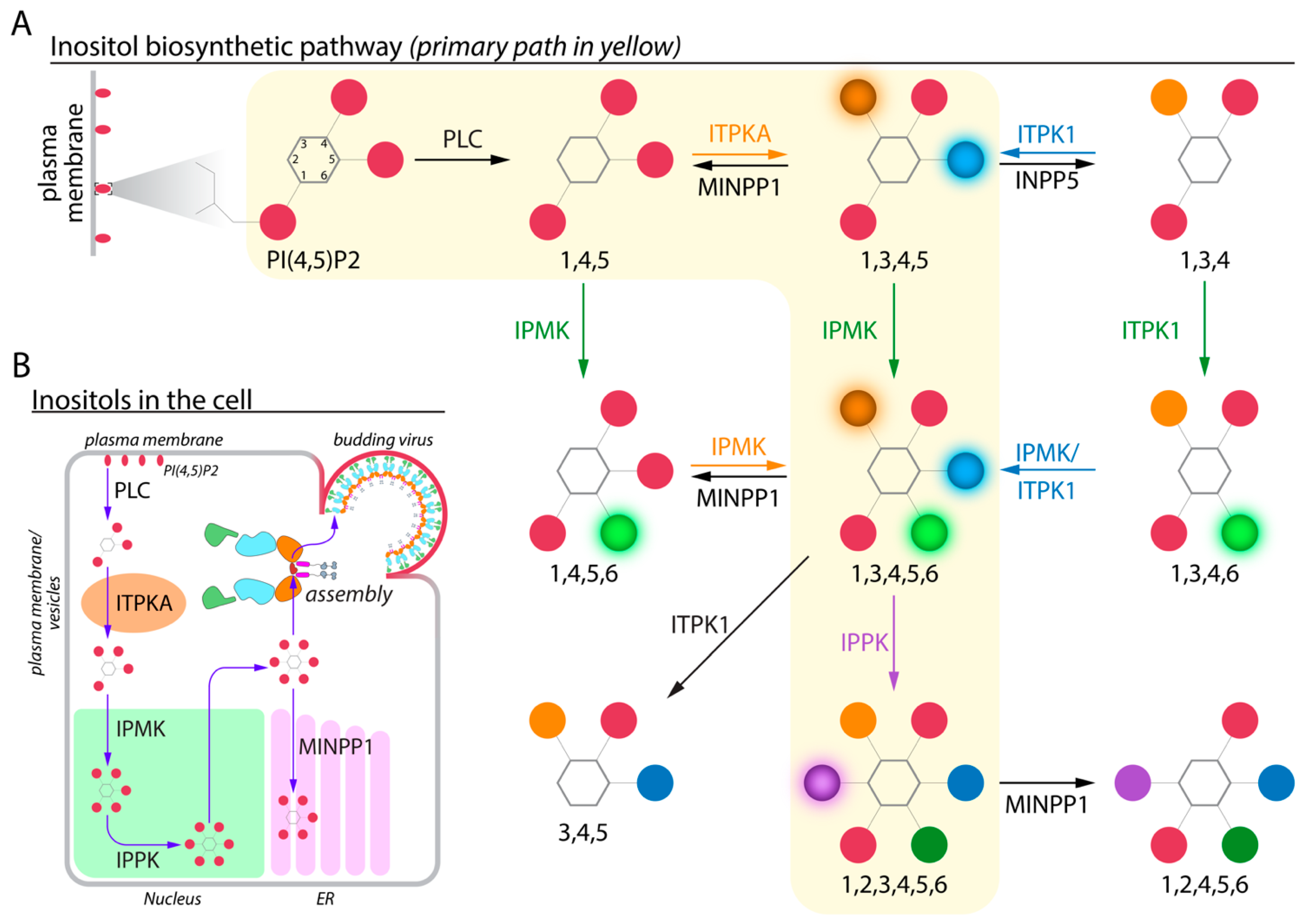are viruses acellular
In fact viruses are the most diverse and. So they are not cellular.
 |
| Car1 A Tnfr Related Protein Is A Cellular Receptor For Cytopathic Avian Leukosis Sarcoma Viruses And Mediates Apoptosis Cell |
Unlike living organisms that meet their.

. A virus is a submicroscopic infectious agent that replicates only inside the living cells of an organism. A virus is an infectious microbe consisting of a segment of nucleic acid either DNA or RNA surrounded by a protein coat. Answer 1 of 3. They also differ as regards with their structural.
Viruses Viroids Prions Outline Acellular entities as infectious agents of animal and plant diseases Structure and functional properties. Viruses do not have cell walls. They are known as virions that obtain their genetic materials from. To be pedantic a- means lacking or not containing.
The other characteristics of Viruses are. None from choices a-c. Their genomes contain either DNA or RNA and they replicate using the replication. They are biological entities that do not have a cellular structure.
Non-cellular life or acellular life is life that exists without a cellular structure for at least part of its life cycle. Viruses are tiny infectious agents that rely on living cells to multiply. Viruses are infectious microscopic agents that can only reproduce in live cells of animals plants or microbes and are smaller than bacteria. Acellular entities as disease agents.
Viruses are acellular structures because they are not built up out of cells. Studying the shapes of their proteins. National Center for Biotechnology Information. Prions and viroids are pathogens agents with the ability to cause disease that have simpler structures than viruses but in the case of prions still can produce deadly diseases.
One theory on their origin is that viruses evolved from cells then branched out and evolved separately backing the notion that they are indeed alive. - They are non- cellular organisms which are enclosed in a protective envelope. We have the prefixes a- and non- to play with. - The presence of spikes helps in attaching the viruses to the host cell.
Viral populations do not grow through cell division because they are acellular. Finally a virus isnt considered living because it doesnt need to consume energy to survive nor is it able to regulate its own temperature. In the second more simplistic definition viruses are definitely alive. In 1971 Theodor Diener a pathologist working at the Agriculture Research Service discovered an acellular particle that he named a viroid meaning virus-like.
They are named viroids because they lack the protein coat. They are smaller than a virus and are infectious. Viruses are cell free. Answer 1 of 5.
Viroids only have RNA and lacked the cellular machinery of the cell. Some large viruses have been found. Viruses are acellular because a. Viruses viroids and prions Contrast structure and properties of viruses with living cells Parasitic nature of viruses.
They are undeniably the most efficient entities on this planet at propagating their genetic information. They are much smaller than cells. H3N2 viruses are able to infect birds and mammals as well as. These viruses were part of the Hong Kong Flu pandemic of 1968-1969 that killed approximately one million people worldwide.
A virus cannot replicate alone. Virions are acellular and consist of a nucleic. As such there is some debate as to. Historically most descriptive definitions of life postulated that an organism must.
Viruses are acellular entities that can usually only be seen with an electron microscope. They may use an animal plant or bacteria host to survive and reproduce. From colds to cold sores chickenpox and COVID-19 when we think about well-known infections or diseases theres often a virus behind them. Viruses are generally ultramicroscopic typically from 20 nm to 900 nm in length.
 |
| Nature Of Viruses Virus Obligate Intracellular Parasites That Require A Host To Replicate Studocu |
 |
| Acellular Infectious Agents Cslo4 Uslo6 1 3 Pptx Acellular Infectious Agents Viruses And Prions Cslo4 Uslo6 1 3 Figure 6 1 The Year 2014 Saw The Course Hero |
 |
| A Cellular Forms Viruses Bacteriophages A Cellular Forms Most Range In Size From 5 To 300 Nanometers Nm In Diameter Although Some Paramyxoviruses Ppt Download |
 |
| Acellular Infectious Agents Viruses Viroids Prions Microbiology Video Clutch Prep |
 |
| Solved Why Are Viruses Considered Acellular Choose All That Chegg Com |
Posting Komentar untuk "are viruses acellular"